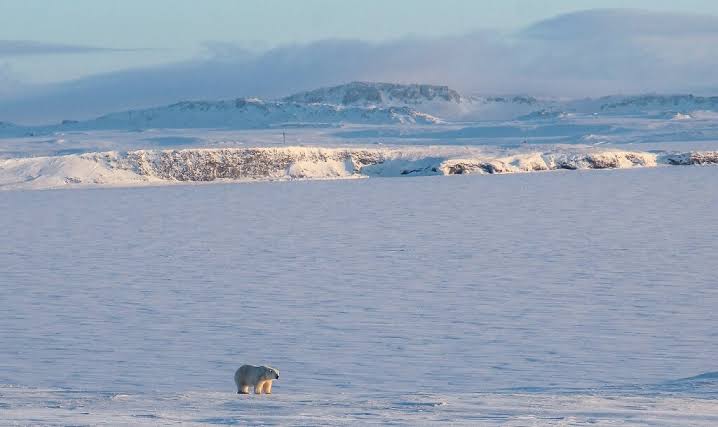Scientists forecast 10-degree Arctic temperature hike by century end

Scientists came to conclusions about significant climate change in the studied region, including the increased precipitation
The temperature hike in the Arctic by the end of the 21st century may range from 6 to 10 degrees, while winters will become shorter, and permafrost will disappear in the Murmansk and Arkhangelsk Regions, said te press service of the Shirshov Institute of Oceanology (the Russian Academy of Sciences).
“According to results of research, conducted by scientists of the [Shirshov] Institute of Oceanology of the Russian Academy of Sciences and the Institute of the North’s Water Problems at the Karelian Scientific Center of the Russian Academy of Sciences, the temperature of the Russian Arctic’s western part has increased by 2-4 degrees since the middle of the 20th century, and by the end of the 21st century it may increase by another 6-10 degrees given further growing greenhouse gas emissions.
Having analyzed data, scientists came to conclusions about significant climate change in the studied region, in particular, the increased precipitation, the accelerated increase in temperature.
Noteworthy, next 30 years, this warming will continue and will amount to 2-3 degrees, depending only slightly on greenhouse gas emissions,” the press service said.
At the 13th Marine Research and Education – Maresedu 2024 international scientific and practical conference, scientists noted that the Arctic climate, analyzed for the period from 1940 to 2099, was experiencing warming on a century-long scale.
This trend is evident in the studied region’s north in the Russian Arctic’s western part. The warming’s so-called “Arctic intensification” means the temperature in the Arctic is growing faster than elsewhere on the planet.
The increase in temperature and humidity of the studied region’s air has led to an increase in the heat content of the atmosphere’s lower layer – to an increase in its thermal energy.
“The studied spatiotemporal dynamics of the temperature and humidity growth in the Russian Arctic’s western part tends to spread from west to east, which may be explained by the North Atlantic’s increased influence on the studied region, the so-called Atlantification.
The strongest increase in the near-surface air layer temperature was observed in November and April, which indicates a shift in seasons – winters’ later beginning and early end,” the press service added.
Climate change and its consequences
The disappearance of average negative air temperatures in part of the studied region, discovered during the study, is an extremely important fact, since it means a phase transition that will cause permafrost soils thawing throughout the Murmansk and Arkhangelsk Regions.
Along with a significant increase in average temperatures, the thawing of permafrost soils will change water balance in numerous rivers and lakes in the studied region and will strengthen water-snow streams (a type of mudslides) and landslides.
Natural phenomena of the kind may have a negative impact on transport infrastructures in the studied region as well as on engineering structures, and their protection needs to be done faster than the regional climate warming progresses, the press service said in conclusion.




